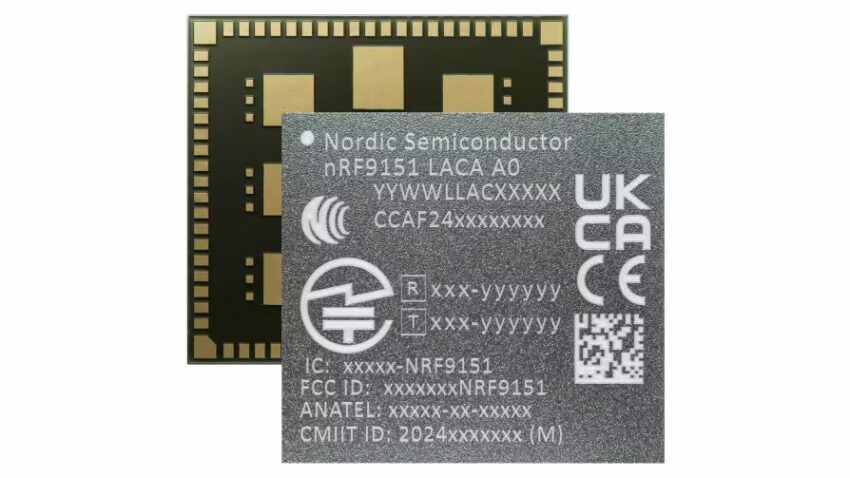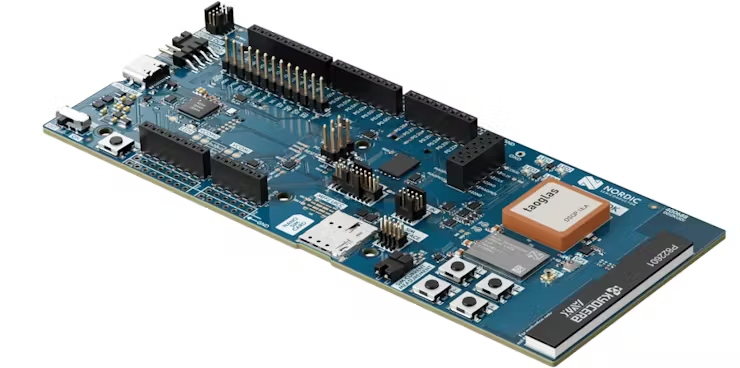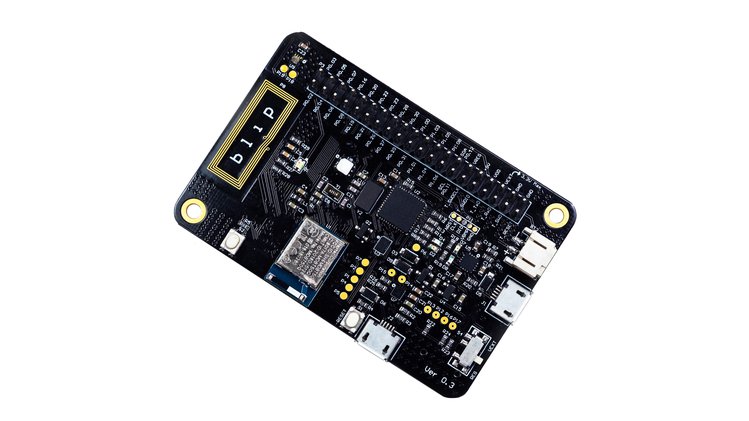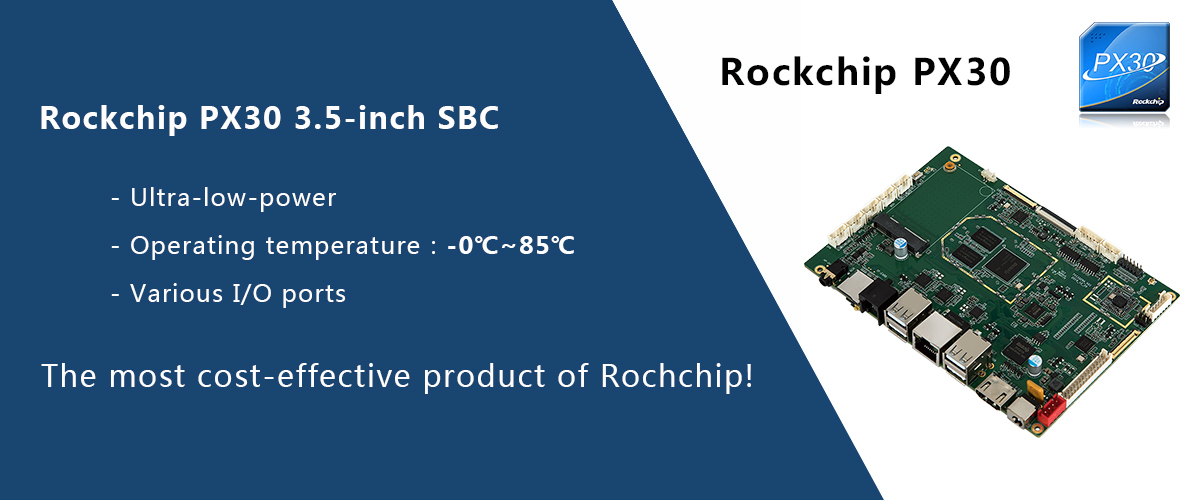
Exploring the Security and Performance Features of nRF9151: A Breakdown of Arm Cortex-M33, TrustZone, and CryptoCell
The newly developed System-in-Package (SIP) is a significant advancement for power-efficient cellular projects. It features a 64MHz Arm Cortex-M33 processor, LTE-M/NB-IoT cellular connectivity, and DECT NR+ connectivity, all integrated into a single chip. What sets this SIP apart is its remarkable one-fifth footprint reduction compared to previous solutions. This reduction in size makes it ideal for applications where space is limited but advanced cellular capabilities are required, offering a compact yet powerful solution for a range of IoT and mobile communication projects.
Nordic Semiconductor has announced a new addition to its nRF91 family, introducing the nRF9151 system-in-package (SiP). This innovative SiP integrates a system-on-chip (SoC), power management features, and a radio frequency front end (RFE) tailored for cellular connectivity. Notably, Nordic Semiconductor claims a substantial 20 percent reduction in footprint with the nRF9151, making it well-suited for wearables, sensors, and other compact projects.

Kjetil Holstad from Nordic Semiconductor highlights that a deep understanding of market demands and customer challenges drove the development of the nRF9151. The goal of the nRF9151 is to streamline the development process, reduce power consumption, and minimize footprint. This strategic addition to Nordic’s cellular IoT portfolio emphasizes its commitment to providing advanced solutions and staying at the forefront of the industry.
The nRF9151 from Nordic Semiconductor is fully compatible with its existing nRF9161 and nRF9131 parts, including the same modem firmware. Compared to the nRF9161, it introduces Power Class 5 20dBm operation alongside Power Class 3 23dBM support, along with a 20 percent reduction in footprint. This makes it ideal for power- and space-constrained designs like wearables. Additionally, it supports 3GPP Release 14 LTE-M and NB-IoT connectivity, as well as DECT NR+, a new technology for non-cellular local wireless connections in the 1.9GHz spectrum, offering low-latency high-reliability connections and support for large mesh networks.
The nRF9151 includes a single 64MHz Arm Cortex-M33 microcontroller core, 256kB of static RAM (SRAM), and 1MB of onboard flash memory outside the radio hardware. This setup provides the necessary computational power and storage capacity for various applications.
In terms of security, the chip supports Arm’s TrustZone security technology which provides a hardware-based security foundation for system software, enabling secure execution environments and protecting sensitive data. Additionally, it features CryptoCell, an embedded security system that targets power-and-area-constrained designs. CryptoCell offers cryptographic acceleration to enhance the performance of encryption and decryption tasks and includes a true random number generator (TRNG) for generating cryptographic keys and ensuring secure communication channels.
The nRF9151 is sampling now, Nordic has confirmed, with no word yet on pricing or general availability. More information is available on the Nordic website.

















